
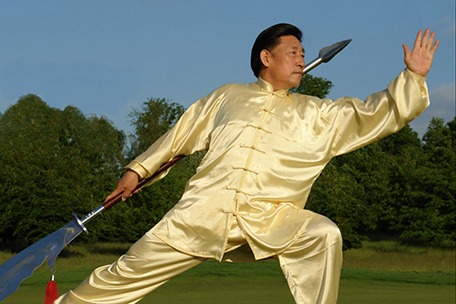
Prime mover reveals taijiquan mystery
Chen Xiaowang has been teaching and promoting taijiquan since the 1990s. His fighting style was developed by his family 19 generations ago. During the late 1970s and early 1980s, he established his own core ideological and theoretical system.
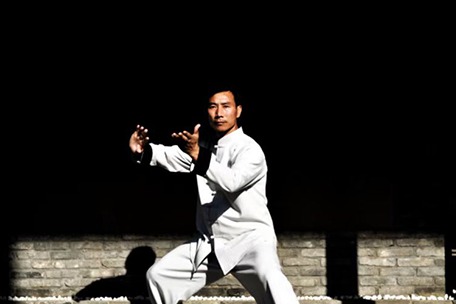
Taijiquan masters offer online teaching
Chen Bing, one of the 12th-generation masters of the Chen-style taijiquan, has been practicing the martial art since he was 6 under the tutelage of his uncles, Chen Xiaowang and Chen Xiaoxing, two iconic figures of Chen-style taijiquan, in Chenjiagou, Henan province.
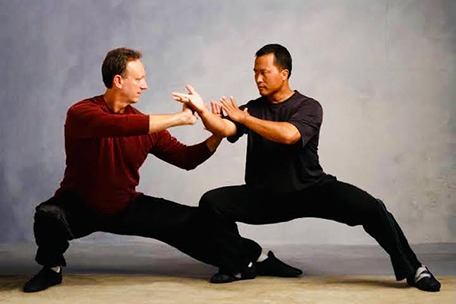
Taijiquan enjoys popularity abroad
Ren Guangyi, one of Cheng Xiaowang’s disciples, has never failed to lead a dozen of his students to practice taijiquan at Central Park in New York every Sunday over the past three years.
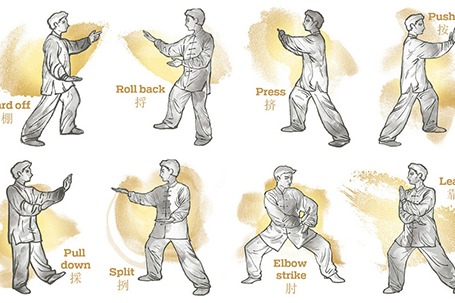
Basics of tai chi: the 8 techniques
The fluid combination of slow, graceful movements and lightning-quick strikes easily sets taijiquan apart from other martial arts.

Modern influence of Taijiquan
Taijiquan, the ancient Chinese martial art, has become increasingly popular in modern times. While the practice has a rich history and cultural significance, there are many modern benefits of taijiquan that make it a popular form of exercise.
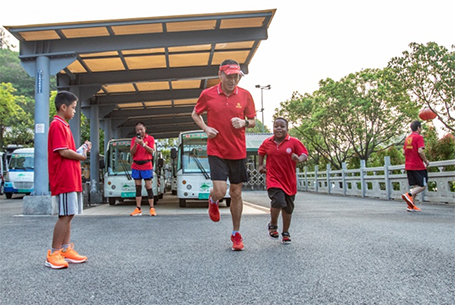
Discovering health and inner peace through the practice of ChiRunning
According to Chinese philosophy, tai chi is the ultimate origin of the cosmos. It has also inspired ChiRunning — a combination of tai chi and running, which is purported to reduce injury.